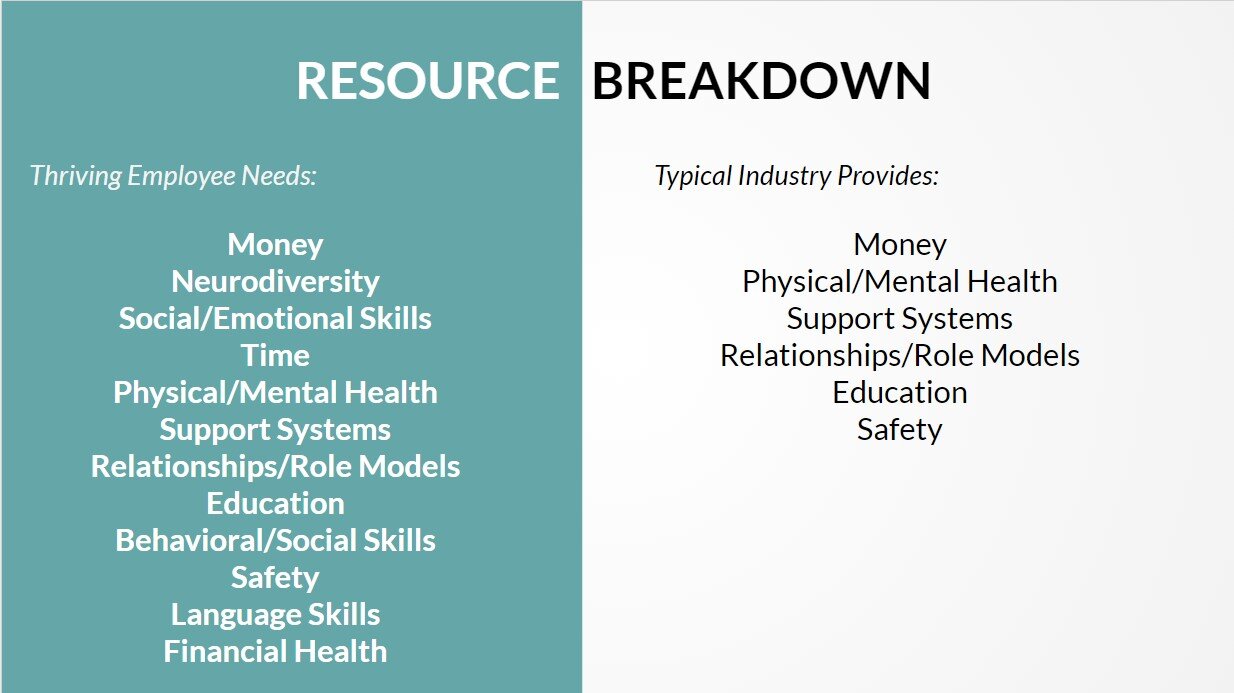From Pre-Apprentice to Journey Level: Why a job is not enough
Blog by Ruth Harmony, rharmony@caresofwa.org
The security of a career in the construction trades is what attracts new talent to the trades. However, the road for many to journey level status is not so straightforward. Particularly for women, people of color, and those who live in distressed zip codes that have higher poverty levels, there are an untold number of barriers that may impede the ultimate goal of journeying out to a higher level.
With a salary of $72,000 in King and Snohomish counties, a household size of 4 is considered low income and is still struggling to meet basic needs such as food, clothing, housing, transportation, medical expenses and childcare. Therefore, pre-apprenticeships and the first few years of apprenticeship position the industry to be competing with grocery stores and restaurants for talent many times, because the six figure pay that can be attained, takes time.
Return in Investment to RETAIN
The cost to train and prepare a worker in the pre-apprentice and apprentice programs is estimated to be $11,000 per worker per year. HOWEVER, the cost to offer extra support in areas such as housing, transportation, and healthcare that can and does retain a worker, is just $700 per worker per year.
Retention services can be provided to 15 people for the cost of 1 person not journeying out.
In fact, the cost of turnover in training apprentices and pre-apprentices who don’t last even ONE YEAR is estimated at $8 million per year in the Puget Sound Area alone, which is a significant and preventable loss to industry.
But why is the job not enough???
While the average worker may face obstacles to getting and keeping a steady job, many workers already have many challenges in their lives that hinder progress towards success. Historically, women, people of color and those who live in distressed zip codes lack access to even the most basic of necessities, including stable housing, or transportation to and from school or work, healthcare, childcare, steady food, basic safety etc. For some workers, even a $20 bill could keep them from being on the job site or attending a class. Quite simply put, employment stability is not enough to retain a person in the construction trades.
Industry focus on retention equals growth
How can industry provide more resources while still keeping sight of business goals? While trade mentors are an integral part of upskill and retention, a journeyperson is not, by trade, well versed in community resources and one-on-one personal retention barrier reduction. Retention within the construction trades therefore, thrives with partnerships of industry, labor, public agencies AND community service providers. The model of a one-on-one confidential non trade Retention Specialist has shown to yield retention rates MUCH higher than the current trend in industry today.
By integrating a Retention Specialist within the workforce and a partnership between industry and the community organizations, the resources offered to workers expand exponentially. The industry can then focus on what they do best and partner with the community service provider to do what they do best, all to the betterment of the worker and industry overall.




